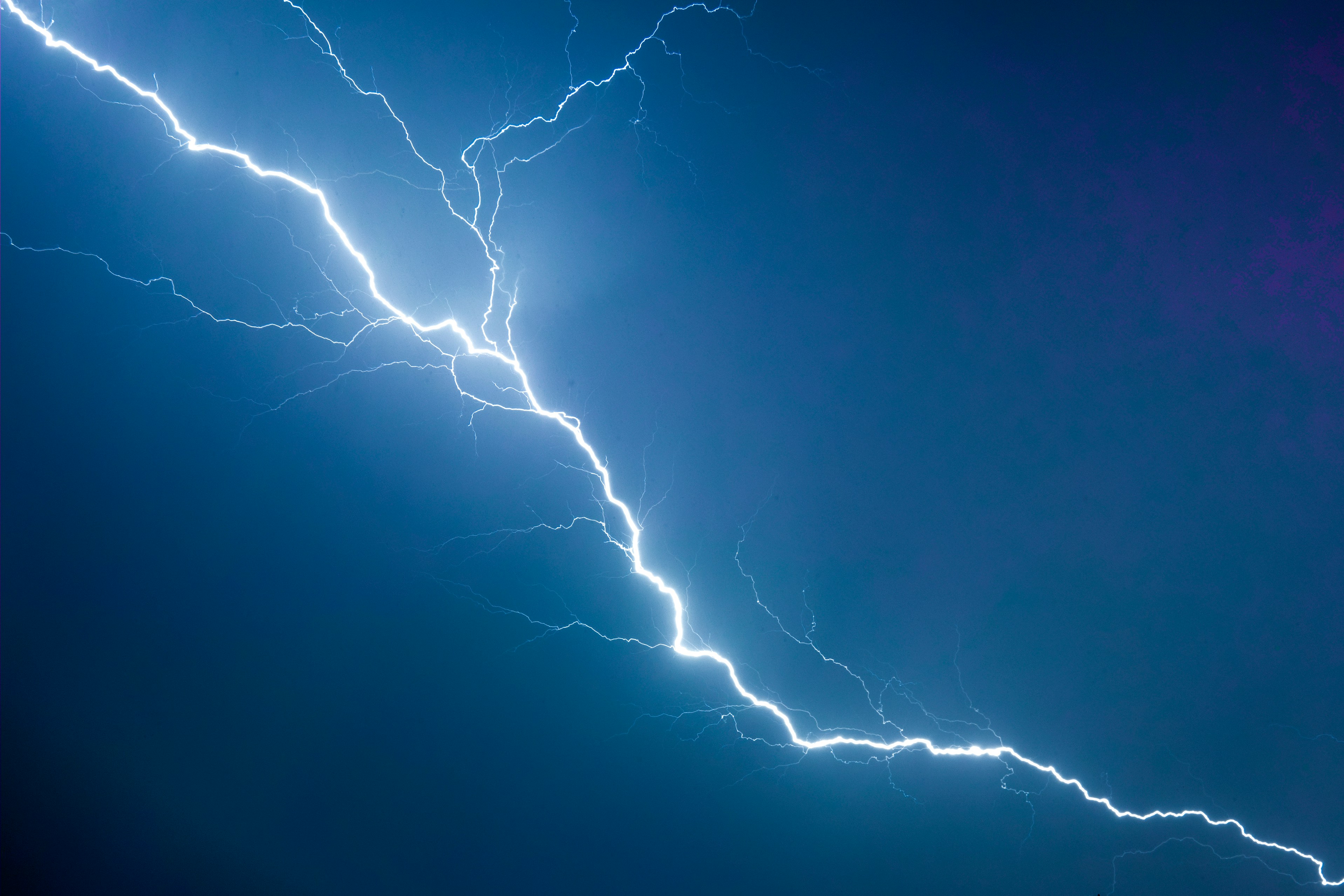Farhana Khalique shares her advice on what to consider when constructing a flash fiction.

‘While their extreme brevity allows for a looser definition of the beginning-middle-end story structure, these are not "fragments", they are complete unto themselves.’ – Tania Hershman
‘My three essentials to flash fiction: Emotion, Movement (or meaningful change from beginning to end), and Resonance (the story speaks to something larger or lingers in the reader's heart and mind). How you get there doesn’t much matter as long as you demonstrate these three.’ – Kathy Fish
‘Write about what haunts you.’ – Christopher Allen
A flash fiction is a story that’s less than 1,500 words, but often much shorter. However, aside from length and compression, what are some of the considerations that a writer must make when writing flash, especially with regards to structure?
Tania Hershman mentions ‘looser’ definitions when it comes to flash structures versus other fiction, and flash excels in this area. For example, a flash fiction can look more like a list, or a set of instructions, or one long breathless sentence, or more than one ‘braided’ narrative, or a segmented or more fragmented form, or a different shape altogether. However, as Kathy Fish suggests, the structure, or ‘how you get there’, is meaningless if it doesn’t serve your story. And what is the story? Well, you won’t know what it’s really about until you finish drafting it, but write what you’re passionate about – or as Chistopher Allen says, what ‘haunts’ you – and you won’t go wrong.
 As for the nuts and bolts of writing flash, we know it’s important to have an irresistible opening, a strong structure, and a powerful ending. Er, and distinct character, arc, emotion, imagery, flow, etc etc. However, all of these things can be refined in the re-writing and editing process. In fact, if you think about them too much beforehand, you might never write anything at all.
As for the nuts and bolts of writing flash, we know it’s important to have an irresistible opening, a strong structure, and a powerful ending. Er, and distinct character, arc, emotion, imagery, flow, etc etc. However, all of these things can be refined in the re-writing and editing process. In fact, if you think about them too much beforehand, you might never write anything at all.
So, what are some things to consider when constructing a flash fiction? You know, after that initial lightning strike when you get an idea or an image, or maybe just a feeling that you can’t shake, and you think, ‘Ooh, this would make a great flash!’. Well, in my subjective experience as a flash writer and editor, I suggest holding onto that initial feeling that’s unique to you and just letting it percolate for a while. And making random notes and keeping them somewhere and never deleting them. No one else needs to see this, it’s just a record of what excited you about the idea in the first place, and your touchstone if you ever go off-track later and want to bin the whole thing.
For me, these touchstones have included notes or fragments such as:
- I’m in a workshop and we’ve been given an animal-themed prompt. I don’t have any pets and I can’t think of an animal that I actually want to write about. But I like foxes and elephants. What if I knew a baby elephant and she was my friend? What if she wasn’t a friend, and kept whacking me with her trunk…
- OMG what’s with these massive blocks of ice outside the Tate Gallery? What does one feel like to the touch? Isn’t it just going to melt in a few days? How does that make me feel? How does it make other people feel?
- Well, I obviously know what a rainbow is, but what on earth is a moonbow and why had I never heard of one until I started watching this science programme on TV? Why does it look so eerie? What if it looks eerie to one person, but looks magical to another?
- I’d love to have seen this band in concert. What would that feel like? Would I be cool about it and just enjoy it like a normal person, or would I scream like a teenager until I lost my voice and I could barely breathe? What if I saw them as a kid, or 20 years later at a reunion gig?
- This new notebook is beautiful, but why doesn’t it have any lines or margins? Would this bother anyone else? What would they use it for? What does this reveal about them?
There are other such fragments still sitting in a drafts folder, but all of the above were completed and went on to be published and, between them, they cover different structures. Eg: inspired by an animal (a fox or elephant); based around one main central image (‘Icebergs’); in the form of a braided narrative (‘Chasing Moonbows’); a breathless single sentence (‘Everybody’); and a fragmentary, experimental piece where every sentence is alternately aligned left or right (‘Margins’). Some structures were more intuitive choices, and others required more thought and crafting, but all were exciting to me because I felt that each structure – and the white spaces within – helped to develop the story.
Therefore, I’d encourage anyone interested in writing flash fiction to focus on a moment of being (as opposed to a moment of stasis) and just write, experiment and play. Want to rant about something that makes you angry or ecstatic? Try a breathless single sentence. Want to explore different people’s perspectives of the same situation? Try a braided piece. Got a character who isn’t even ‘on-stage’ and all they’ve left behind is their shopping list? Try a list structure. Got another character who finds it difficult to talk/think about a subject directly? Try a hermit crab or ‘borrowed’ form, such as a set of instructions or a work memo. Anything is up for grabs when it comes to flash, which is part of the joy of this emerging and inventive genre.
References:
‘What is Flash Fiction?’, by Tanina Hershman
‘Writing with Courage and Conviction’, by Kathy Fish
‘Micro Madness 2024 Judges: Mikaela Nyman talks with Christopher Allen and Courtney Sina Meredith’
‘Unusual Structures in Flash Fiction – Part 1’, by Sophie van Llewyn
'The Rights to the City', in Things Left and Found by the Side of the Road: Bath Flash Fiction Volume Three (Ad Hoc Fiction, 2018), and reprinted in FlashFlood (2020).
'Baby Elephant', in Popshot Quarterly Issue 25 (Autumn 2019)
‘Icebergs', in Litro Magazine (December 2019)
'Chasing Moonbows', in Reflex Press (March 2020)
'Everybody', in the National Flash Fiction Day Anthology 2021 (AdHoc Fiction, June 2021), reprinted in Best Small Fictions 2022 (Sonder Press, November 2022). [In print]
'Margins', in Flash Fiction Festival Six (AdHoc Fiction, 2023). [In print]
Comments